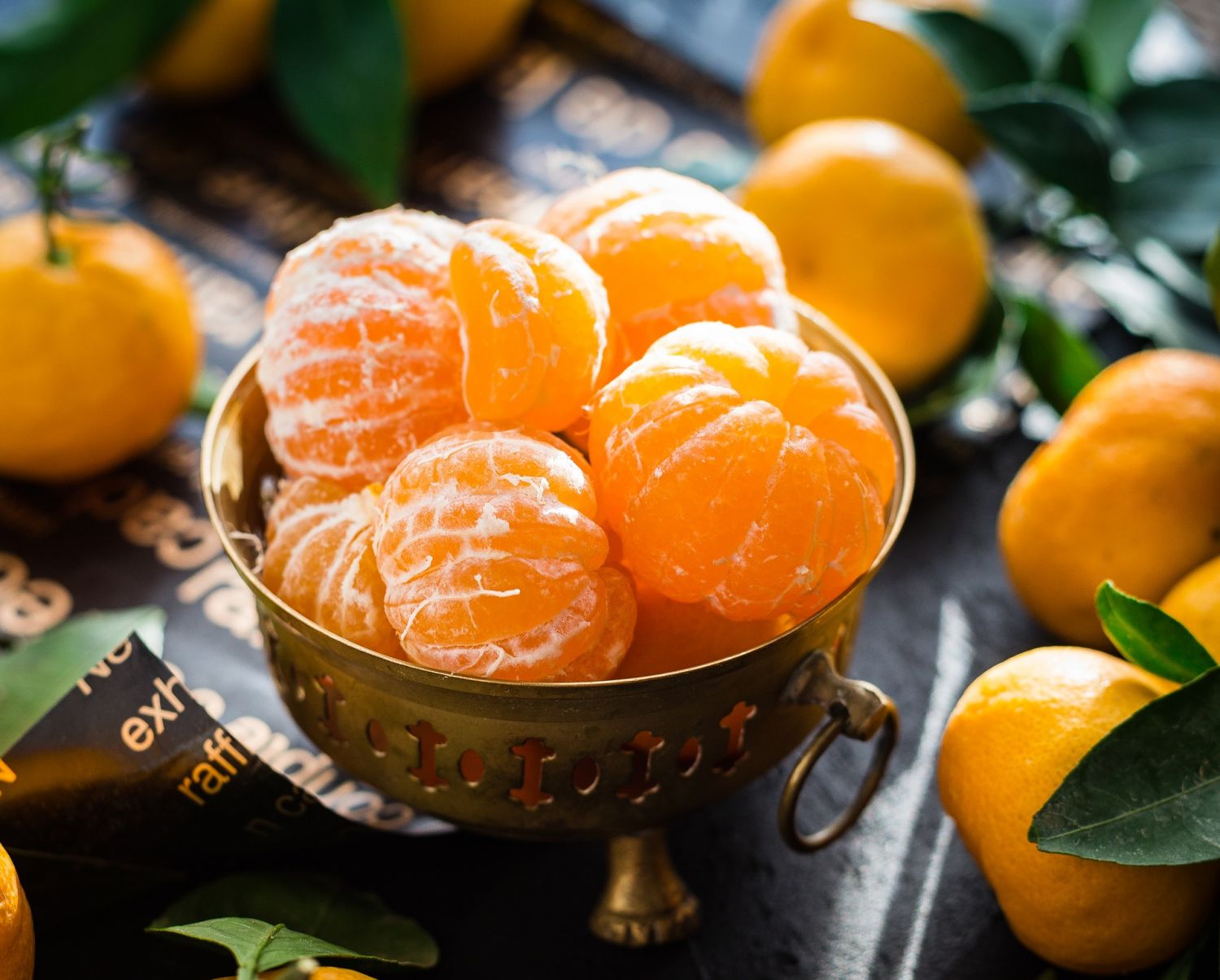From lion dances in Bangkok to CNY bazaars in Kolkata's Chinatown, here are just a few of many ways Chinese New Year is similarly feted across Asia
Chinese New Year marks a most auspicious period in the Chinese Lunar calendar, celebrated by Chinese communities all across the globe. In Southeast Asia, those who celebrate the Spring Festival, as it's also known, share many treasured traditions and customs each year that are beloved and enjoyed even by those of different cultures and races.
Related: 5 Must-Have ‘Lucky’ Dishes and Their Symbolism
From awe-inspiring lion dances to ubiquitous red decor and shared superstitions, here are some similarities you'll observe during Chinese New Year in Malaysia, Singapore, Taiwan and other Southeast Asian countries.
The heart of the celebration
Whether you're Singapore and Kuala Lumpur, or Yaowarat in Bangkok and Glodok in Jakarta, these places play host to Chinese New Year street celebrations that involve lively lion and dragon dance performances and markets selling all manner of indulgent snacks and treats.
Related: 8 Chinese New Year snacks and why we eat them
In the Philippines, Manila's Binondo is the nation's very own Chinatown (first established in 1594 and said to be the oldest Chinatown in the world) where you'll hear enthusiastic greetings of 'Kiong Hee Huat Tsai' during Chinese New Year. In India, Central Kolkata's Tiretta Bazaar is the place to see traditional Chinese New Year celebrations as well as various food markets, restaurants, medicine shops and beautiful Chinese temples.

